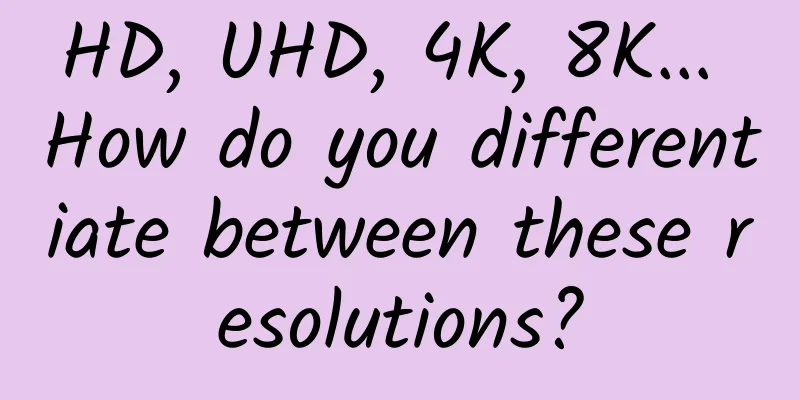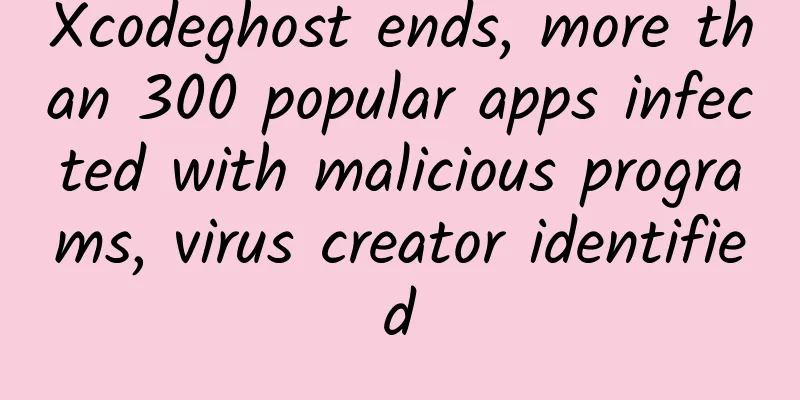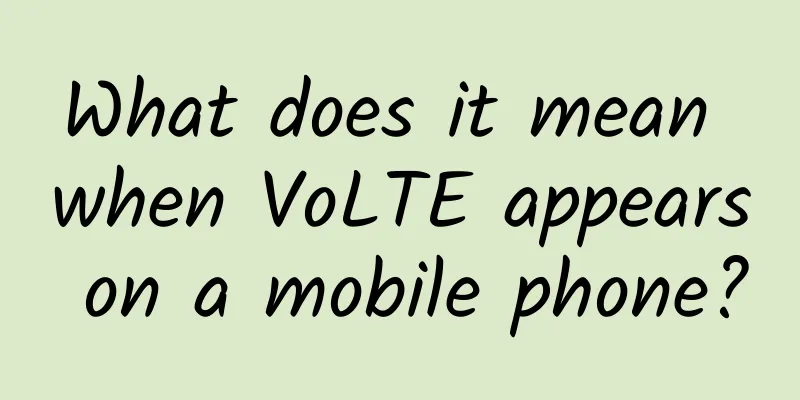Android 13 new features and adaptation development guide

Part 01 Feature Updates1.1 Application icons support following the themeStarting with Android 13, developers can choose to enable themed app icons. With this feature, users can adjust the color tone of app icons in supported Android launchers to inherit the color scheme of selected wallpapers and other themes. When this feature is enabled, the target app must provide an adaptive icon and a monochrome app icon, and point to the monochrome app icon through the <adaptive-icon> element in the list. If the user enables themed app icons and the launcher supports this feature, the system will use the user's selected wallpaper and theme to determine the tint color, which will then be applied to the monochrome app icon. Figure 1 Schematic diagram of application icons with themes 1.2 Clipboard PreviewI believe that every Android user is familiar with the clipboard function. Users can use the clipboard to easily copy content on the interface, which is convenient for compiling and modifying content. However, while the clipboard provides users with easy functions, it also brings some security risks: the content copied by the clipboard may contain sensitive information (account, password, mobile phone number, etc.). Starting from Android 13, when adding content to the clipboard, the system will perform the following operations by default:
Figure 2 Clipboard preview function In addition, Android 13 also provides a desensitization function that allows users to hide sensitive information in the clipboard. 1.3 Startup screen efficiency improvedIn Android 13, the efficiency of the animated splash screen in the Splash Screen API is improved. The system will directly infer the animation duration from AnimatedVectorDrawable. In previous versions, developers must set windowSplashScreenAnimationDuration. Use the windowSplashScreenBehavior property to fine-tune whether your app always displays the icon on the splash screen on Android 13 and higher. Part 02 Privacy Permission Changes2.1 WiFi Permission ChangesIn the era of the Internet of Everything, WIFI, as a medium for connecting various terminals, should receive special attention from developers. In Android 13, in order to prevent Apps from excessively requesting permissions and causing leakage of user privacy information, the system separates WIFI permissions from location permissions and introduces a new permission mechanism: NEARBY_WIFI_DEVICES. If the App only needs to call WIFI-related APIs without calling location-related APIs, developers can use the NEARBY_WIFI_DEVICES mechanism. The process is as follows: Figure 3 Android 13 WIFI permission flow chart 2.2 Notification Permissions1. Notification bar messages have always been the main way for App to communicate with users. In Android 13, a new notification runtime permission POST_NOTIFICATIONS has been added. In previous versions, if you want to push notification messages to users, App only needs to use NotificationManager. In this case, when App needs to send notifications, the system will automatically pop up an authorization pop-up window. If the user clicks "Allow", the App can push notifications normally; if you click "Don't Allow", the notification cannot be sent. Under the Android 13 version, developers need to declare the POST_NOTIFICATIONS permission in AndroidManifest.xml, and also apply for runtime permissions in the code when using the notification bar push function. For newly installed apps, notifications are turned off by default, and the App cannot send notifications until new permissions are requested and "Allowed". To reduce the impact of updates on existing apps, after upgrading to Android 13, the system will automatically grant corresponding permissions to eligible existing apps. This change can effectively improve the user experience and reduce the frequent harassment of invalid notifications. 2.3 Accurate alarm permissionsIn order to reduce the frequent interruptions of users by permission notifications, Android 13 introduces a new alarm permission USE_EXACT_ALARM. When the user applies for this permission in schedule management and time management related applications, the permission cannot be turned off in the settings interface. This change can bring some convenience to users, but it will also cause a certain amount of abuse of permissions. Therefore, Google has set up a strict review mechanism. In addition to related apps such as alarms, timers, and calendars, other applications that use the USE_EXACT_ALARM permission will be strictly prohibited from being listed on the App Store. Part 03 Tablet and large-screen device support3.1 Editable ShadersStarting with Android 13, the system supports programmable RuntimeShader objects, whose behaviors are defined through the Android graphics shading language. With these shaders, developers can easily implement ripple effects, blur effects, and stretch roll tops to bring users a richer visual experience. 3.2 Large screen multi-window displayIn Android 13, users can display multiple Activities on a large screen to make full use of the display space of the large screen. Developers need to create an XML configuration file or call the Jetpack WindowManager API to determine the specific arrangement of multiple Activities on the same large screen, such as cutting the task window to display two Activities. Figure 4 Schematic diagram of cutting window 3.3 Better compatibility supportFor apps that have not yet been configured with large-screen windows, Android 13 also provides more appropriate compatibility support, allowing these apps to have a more coordinated UI display effect and give customers a better visual experience. Figure 5 Schematic diagram of large screen compatibility adaptation Part 04 SummarizeThrough the Android system updates in the past two years, we can see that Google no longer makes drastic changes to the Android system, but instead makes a big fuss about user experience, privacy protection, system security, component optimization, etc. In a word, Android 13 has small and beautiful new features, more detailed privacy permissions, and more harmonious large-screen adaptation. Image CaptionsPictures 1, 2, 3, and 5 are from the Android 13 official website (https://developer.android.google.cn/about/versions/13) |
<<: Things about APP message push
>>: Brief Analysis of Application Debugging Principles
Recommend
Does smoking affect your appearance? It’s true!
Author: Xiao Dan, Director of the Department of T...
What kind of mysterious bird is this that sings a song that stirs the heart?
A bird's eye view of science Quanzhou Associa...
The past and present of trenches - why should deep-sea research focus on trenches?
Editor’s Note: On November 25, 2022, the "St...
Guidelines for Advertising in the Tourism Industry
During the peak travel season at the end of the y...
These animal poops are really amazing, they can be eaten, drunk and used as medicine!
Although feces are smelly and dirty, they are the...
I have just taken over an information flow delivery project. Where should I start?
As a novice, it is inevitable to lose direction i...
Is it expensive to make the Qamdo appointment registration mini program? The cost and process of making a Qamdo appointment registration app
There is no doubt that the topic of mini programs...
Let’s talk about user churn analysis in the simplest way
Churn analysis is not about analyzing the problem...
How to build a personal brand in the circle of friends?
Before this, I have written a lot about personal ...
In-depth analysis of why Android apps are of low quality and crash
Unlike the situation a few years ago when iOS was...
Some gray hair is caused by sun exposure? African friend: Are you polite...
“Some white hair is caused by sun exposure” Recen...
Apple is deepening its presence in the automotive supply chain and may develop self-driving taxis
It’s no secret that Apple is focusing on the auto...
Can a few black dots say goodbye to motion sickness?
Motion sickness, medically known as "motion ...
Mobile phone ordering project source code
Source code introduction: Mobile phone ordering p...
2022 Nobel Prize in Physics: Indecision, quantum mechanics, the magician of the microscopic world
The 2022 Nobel Prize in Physics was announced at ...






![Zheng Duoyan [Fat Burning] Series](/upload/images/67cc0ff68ae2c.webp)


